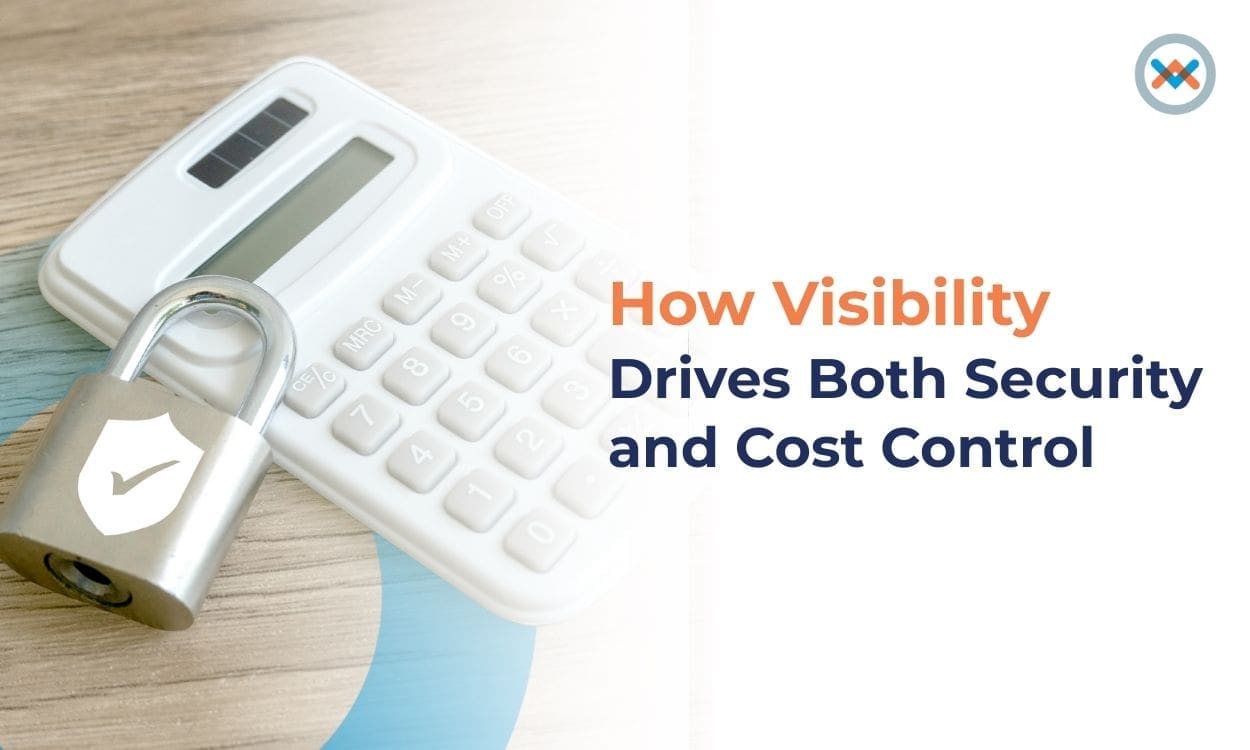Cloud costs don't wait for permission. One overlooked setting, one idle environment, and suddenly, you're staring at a bill no one saw coming. It’s not just what you run, it’s what you forget to turn off. And that forgetfulness? It can quietly burn through your budget.
As your services grow to meet business needs, your cloud usage naturally increases. But without clear controls in place—budgets, tagging, cleanup policies—your cloud bill can quietly double before anyone even notices. And by the time Finance steps in with questions, it’s often too late to reverse the damage.
The truth is, too many businesses approach cloud cost management reactively. They only start optimizing after a budget overrun or a surprise spike in usage. The good news is, you can avoid that by taking a proactive approach—starting before the costs spiral.
This blog covers 7 proven strategies that help you shift from reactive to proactive cloud cost management. From setting clear policies to reviewing commitments regularly, these steps will help you build a cost-efficient, scalable cloud environment—before overspending ever becomes a problem.
1. Set Budgets and Alerts Early
If you want to keep your cloud spending under control, don’t wait until the bill arrives. Start by defining your budget limits and setting up alerts before you scale anything. Many cloud platforms—like AWS, Azure, or GCP—offer features that let you create spending thresholds and send you notifications as you get close to them. These tools aren’t just “nice to have”—they’re your first line of defense.
By setting budgets based on expected usage and business cycles, you can spot anomalies early, before they spiral into major overspending. For example, if you notice a sudden spike in storage or compute spend mid-month, you can investigate and take corrective action immediately.
Ask your cloud provider what controls are available to help you stay proactive. The earlier you catch the drift, the easier it is to steer costs back on track.
2. Tag Resources Consistently
Tags are more than just labels—they’re essential for visibility and accountability. Without consistent tagging, it’s nearly impossible to understand how your cloud resources are being used, or who’s responsible for them. That’s a major problem when costs rise and no one knows where to look.
Imagine your development, marketing, and analytics teams all deploy workloads in the same cloud environment. If none of the resources are tagged, you won’t be able to tell which team is driving up costs—or whether a resource is even still in use. But with clear, enforced tagging conventions, you can break down spending by team, project, or environment instantly.
Start tagging from day one, and make it a non-negotiable part of your deployment process. The clarity it brings will save you time, money, and headaches later on.
3. Use Auto-Scaling, But Cap It
Auto-scaling is great for handling fluctuating demand—but letting it scale endlessly can quietly drain your budget.
Always define a maximum limit on how much your infrastructure can scale up. This gives your systems the flexibility they need without opening the door to runaway costs. For example, instead of letting instances spin up indefinitely during traffic spikes, you might cap it at 10 instances and alert your team when that threshold is reached.
Make it a habit to review your scaling rules. Traffic shifts, business priorities evolve—your scaling strategy should keep up. Whether you're in a public or private cloud, setting caps isn't about limiting performance—it's about gaining control.
4. Reassess Commitments Regularly
Reserved Instances, Savings Plans, and long-term resource commitments can save money—but only when they match your current needs.
Too often, teams set them once and forget about them, resulting in wasted spend on unused capacity. Make it a habit to review these commitments every quarter. Ask: Are the workloads still active? Are usage patterns changing? Could newer pricing models offer better value? These simple questions can help you realign your commitments and avoid paying for capacity you no longer need.
Cloud infrastructure isn’t static, and neither should your cost strategy be. Even in a private cloud setting, workloads shift, applications evolve, and business priorities change. A quick quarterly check-in can help you adjust before you overspend on capacity you no longer use.
5. Implement Chargeback or Showback
One of the best ways to promote cost awareness is to make cloud spending visible across your organization. That’s where chargeback and showback come in.
Chargeback means assigning actual cloud costs to each team or project, while showback means reporting those costs without directly billing them. Both approaches help teams see how their actions affect the cloud bill.
For example, you can generate monthly cost reports that break down usage by department—like dev, marketing, or data science—so everyone knows what they’re using and how much it costs. Most cloud platforms offer tools to support this, like cost allocation tags and reporting dashboards.
The result? More informed conversations, better planning, and fewer surprises when the invoice arrives.
6. Clean Up Dev/Test Environments Automatically
Development and test environments are meant to be temporary—but in many cases, they run longer than needed. Maybe someone forgot to shut them down after hours. Or they’re idle all weekend without anyone noticing. Over time, that adds up to serious waste.
A simple way to avoid this? Automate it.
Set rules to shut down non-production resources outside business hours or after a certain period of inactivity. Most cloud platforms have built-in features for this, or you can use lightweight scripts or third-party schedulers.
This small habit can make a big impact. Your developers still get the environments they need during the day—but you're not paying for unused capacity overnight. It’s one of the easiest wins for cost control that adds up fast over time.
7. Run Monthly Cloud Cost Reviews
You can’t fix what you don’t see. That’s why monthly cost reviews are essential. They help your team spot spikes, unusual usage patterns, or potential waste—before it snowballs into a budget problem.
Make it a habit. Schedule a recurring 30-minute meeting to review key cost metrics, tagging compliance, and any usage changes across the business. Use this time not only to identify issues—but also to recognize improvements.
Over time, these reviews do more than save money. They foster shared accountability and sharpen cloud awareness across your teams. Remember, cost control isn’t a one-time cleanup—it’s an ongoing practice. And building that rhythm ensures everyone stays aligned.
Need Help Managing Cloud Costs?
Don't let hidden costs creep up on you. If you're planning your next architecture review or want a better handle on cloud expenses, we're here to support you—no pressure, just practical insights tailored to your environment.
Reach out to our team today for a free consultation and take the first step toward better cloud spend management.
Your future budget will thank you.







